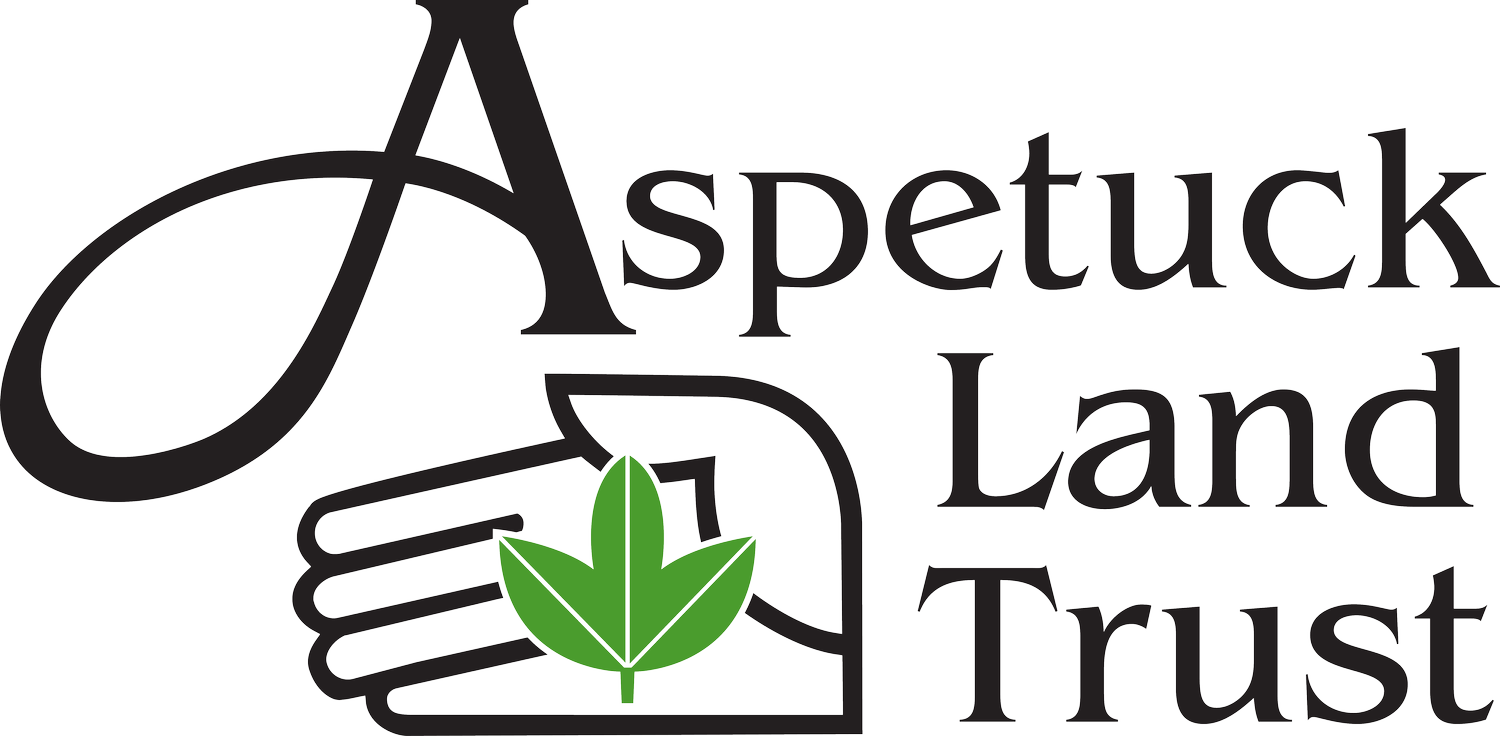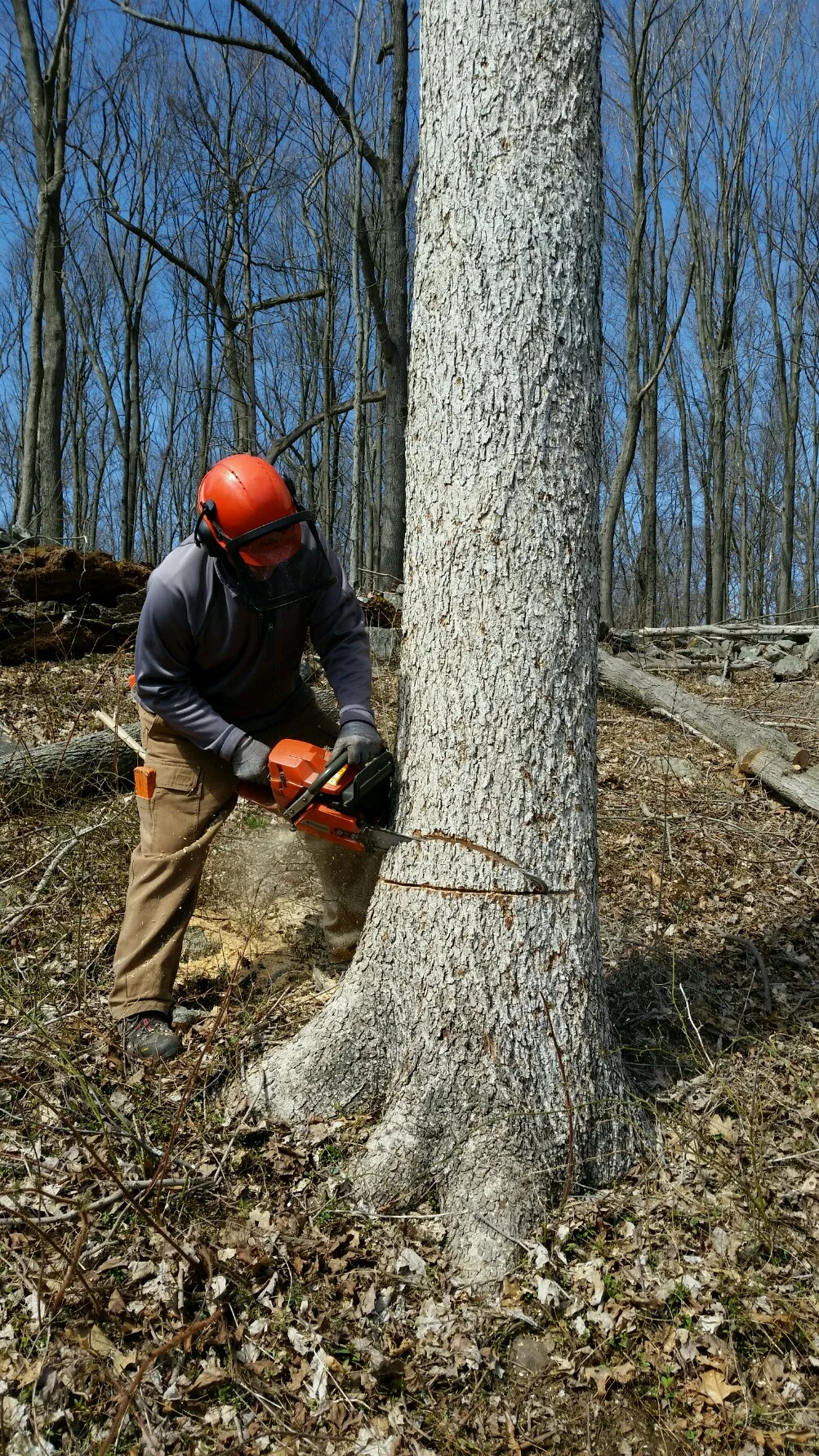By Lou Bacchiocchi
Ah, spring. Following the long winter when many leave for work before dawn and return after dark we begin to reconnect with the natural world around us. Get outside – please! There is so much to see and observe. New plants are emerging every day. Birds, mammals, amphibians, reptiles and insects are displaying, mating, nesting and having their young. It is a great time to visit our preserves and natural areas (provided you don’t mind the black flies). Be mindful, however, that we are visitors to the preserves, intruders if you will. Stay on the trails, keep dogs leashed and on the trails -- even if you are on an off-leash trail). Avoid trampling the sensitive wildflowers and please keep dogs away from the vernal pools and pick up and remove their waste.
After several heavy wet snows, a couple of ice storms and some wind events there are many trees and limbs down on our trail systems. We try and triage the clean-up efforts. Trail stewards do what they feel comfortable with to remove obstructions and report the rest to Van Dusenbury, our hard working and very capable trail steward coordinator. He and I then utilize volunteers, paid help and occasionally outside contractors to put things back in order. With approximately 150 properties to maintain, this keeps us busy this time of year.
White ash, Fraxinus americanus, is under attack from the Emerald Ash Borer, an introduced insect that may likely wipe out the vast majority of the ash trees in our area. The spread has been fast and nearly every ash that is infected is dead within 2 years. Many dead trees in the preserves are beginning to drop limbs and blow over in wind storms. I urge you all to use common sense and avoid areas with large numbers of declining ash trees on windy days. We will begin to remove some trees along the trails, but the task is so large at this point that some time will pass and many will fall in their own due course. If the ash does go the way of the chestnut it will be missed. Useful for tool handles, baseball bats, in canoe construction, and as great firewood that is a joy to split it will be hard to replace.
Spring is also a time for us to plant to improve habitat on the preserves. We have added 150 spruce seedlings to our Crow Hill Preserve. Following our work funded in large part with a grant from the NRCS to remove an extensive invasive wisteria plant infestation, remove the hardwood over story in a patch cut, and establish an evergreen stand to provide winter cover for wildlife, our efforts are being rewarded. The first trees we planted 3 years ago are now 3-5 feet tall and looking great! We have seeded the bare ground in some of the areas where we have removed invasives to prevent erosion and hopefully colonize the areas with beneficial grasses and forbs to the exclusion of other invasive weeds.
I hope to see many of you on the preserves. If we do meet, feel free to introduce yourself and let me know of your experiences and/or concerns. Get involved with Aspetuck Land Trust. Attend a program, take our invasive removal training and help us with some of our habitat improvement work. Check our website for information or to share information. Enjoy the preserves, and remember – take only photographs, leave only footprints.
Lou Bacchiocchi
Aspetuck Land Trust, Land Stewardship Director
Lou Baccchiocchi

